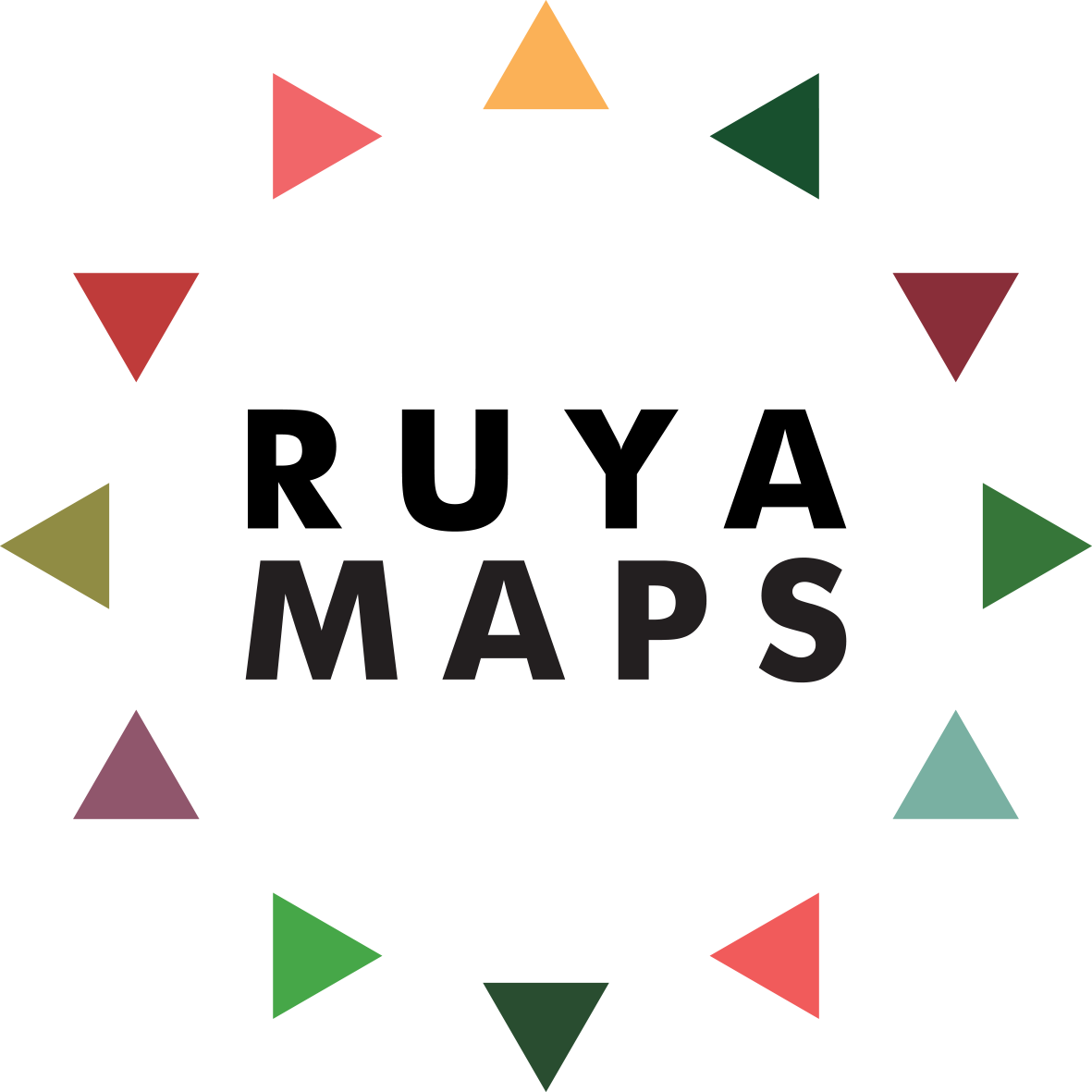'A Change Is Gonna Come II': Marking Refugee Day
To mark World Refugee Day 2021 RUYA MAPS asked Bosnian artist Lana Čmajčanin to select some of her work that reflects on refugees.
Lana Čmajčanin (b. 1983, Sarajevo) lives and works between Sarajevo and Vienna. She has an MA from the Academy of Fine Arts at the University of Sarajevo and is currently a PhD candidate at the Academy of Fine Arts Vienna.
Her socially engaged works encompass installation, video, performance and sound installation, frequently referencing the post-war situation in Bosnia and Herzegovina, political frameworks and the role of women. She is a co-founder of the Association of Culture and Art Crvena.
Read more about her here.
A Change Is Gonna Come II
HD video │ 20ʼ10” │ sound │ colour │ loop │ 2018
Still from A Change Is Gonna Come II
For 24 hrs over World Refugee Day you can access the film ‘A Change is Gonna Come’ through this link and supplying this password: ACIGC (case sensitive).
Starting from the assumption that there is no innocent landscape, the work reflects on different experiences of the sea and the landscape, focusing on the uncanny relation between sea as the site of leisure and beauty, and sea as the mass grave. The sea is not only a tourist destination; it is a political landscape on which the divisions among national territories are drawn up. It is also a migration road, the only road to get to another shore, and it has become a mass grave for many who put all their hopes into this final journey.
The sea horizon is also a philosophical-poetic landscape and a zone of contemplation that puts into question geopolitical divisions and power mechanisms that determine the constructions of identities and territories. Symbolically, in contradiction with an almost unchanged and static landscape, the title itself implies transformation, as well as it provokes questioning about the meaning of geopolitical and climatic changes. At the same time, it offers a possibility of imagining a new space, a signal for the politics of hope and its utopian inscriptions.
Once We Were Brothers
Neon light installation, Dimmable Neon Sign Transformer, Print on Textile, Vinyl lettering on the glass, Distributive poster, Postcards, Billboards │ dimensions variable │ 2019
The installation Once We Were Brothers refers to the history of anti-colonial struggle and independence that developed through solidarity and the establishment of an international alliance of countries that offered the ‘third’ way of thinking geopolitics beyond Western and Eastern Blocks during the Cold War. It follows the popular slogan of the League of Communists of Yugoslavia, Brotherhood and Unit,y – as the guiding principle of co-existence of different constitutive peoples of this multi-national socialist country after WWII. This installation evokes the Yugoslav initiative to establish an international alliance of liberated and newly independent African, Asian, South American and Caribbean states under the same slogan. Gathered around a common geopolitical ideology of permanent peace, this international community was focused on the processes of decolonizing and developing the world that would one day lead to integrity, sovereignty, and peaceful co-existence with and in each country.
The first declaration of this third world alliance was signed in 1956 by Yugoslavia’s president, Josip Broz Tito, India’s first prime minister Jawaharlal Nehru and Egypt’s second president, Gamal Abdel Nasser on the Brijuni islands (Yugoslavia). They agreed that: “peace cannot be achieved with separation, but with the aspiration towards collective security in global terms and expansion of freedom, as well as terminating the domination of one country over another.” The Non-Aligned Movement (abbrev. NAM) was officially founded in September 1961 during the First Summit of the third world countries in Belgrade, Yugoslavia. The installation Once We Were Brothers starts from the NAM ideological phenomena which brought together the often-used metaphor of brotherhood and visual patterns influenced by the emerging modernity of the 60s.
Broadly speaking, it points to all those social, political and cultural metaphors and patterns that lost their ideological meanings of solidarity and freedom after the Cold War; becoming at the same time new neocolonial signifiers of the third world which today is faced with wars, oppression, exploitation, migration, terror, crises and much more. Discursively, the installation Once We Were Brothers shows transformative potentials, but also a range of failures of the time when colonial power was, at least for a while, stopped. Opening the space for new ideas of a decolonized gaze into the future and understanding of different political geographies, this installation reminds the viewer of the politics of emancipation, peace and solidarity. It also comments on the patriarchal dimension of all liberating struggles that were appropriated by men, although women massively participated not only in those struggles, but also in processes of (re)building and (re)producing the society afterwards. The work Once We Were Brothers brings to light different kinds of ‘errors’ and discusses the geo-social imagination and geo-political articulation of the common space where we feel or want to belong – through decolonial, feminist and antifascist lenses: both present and past.


